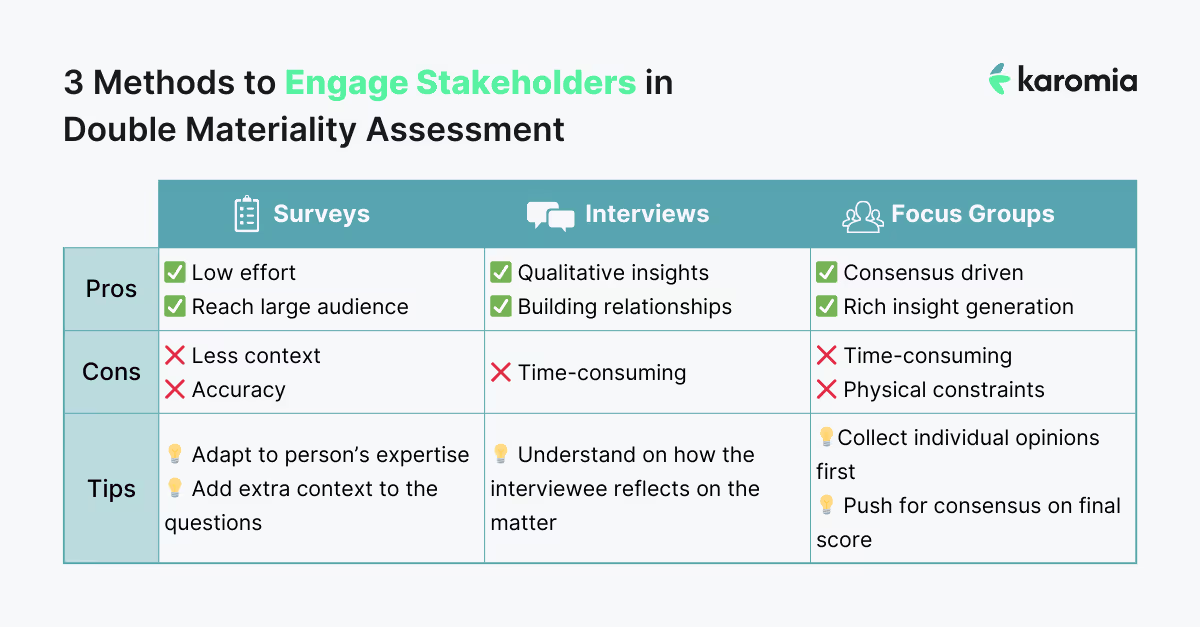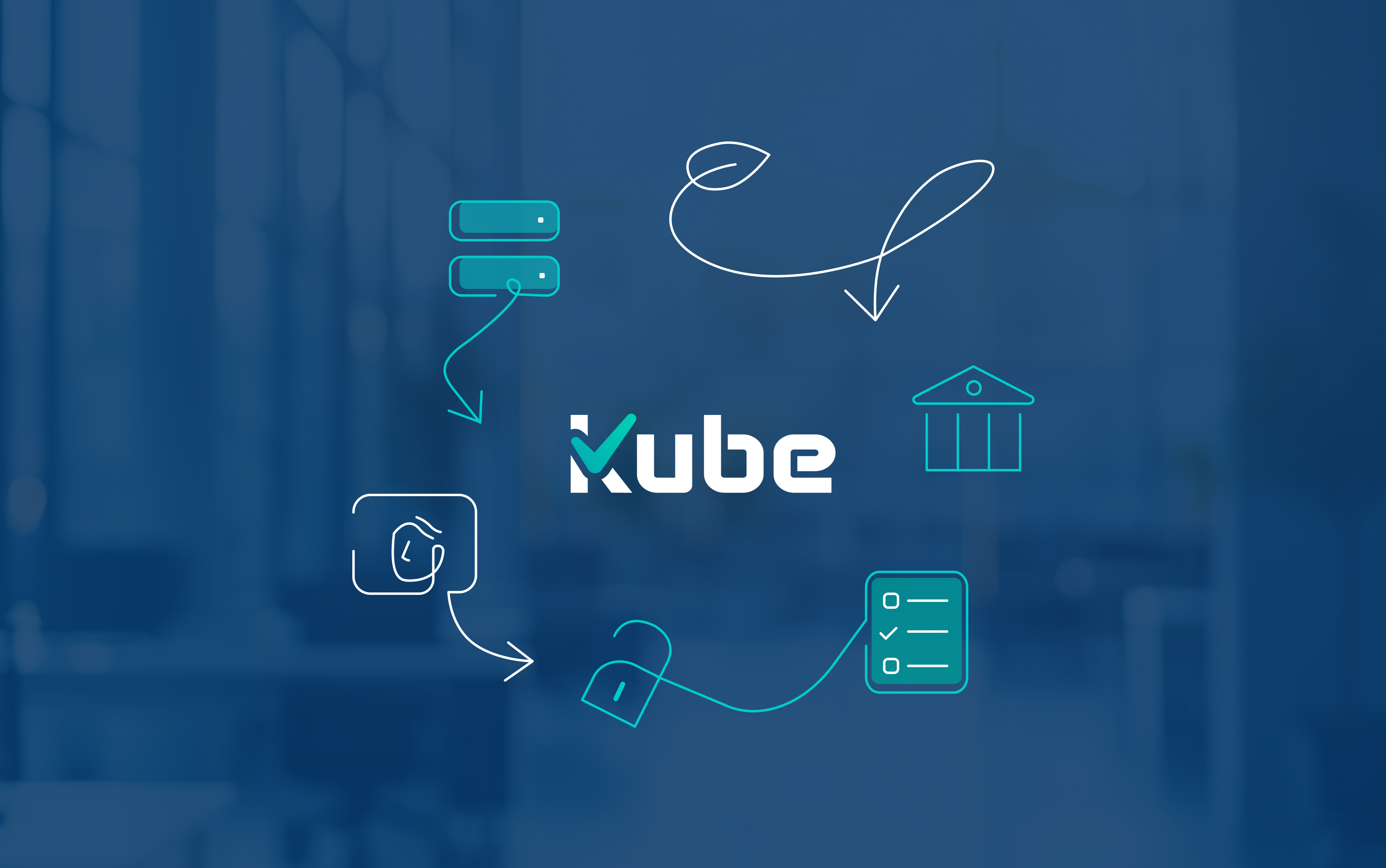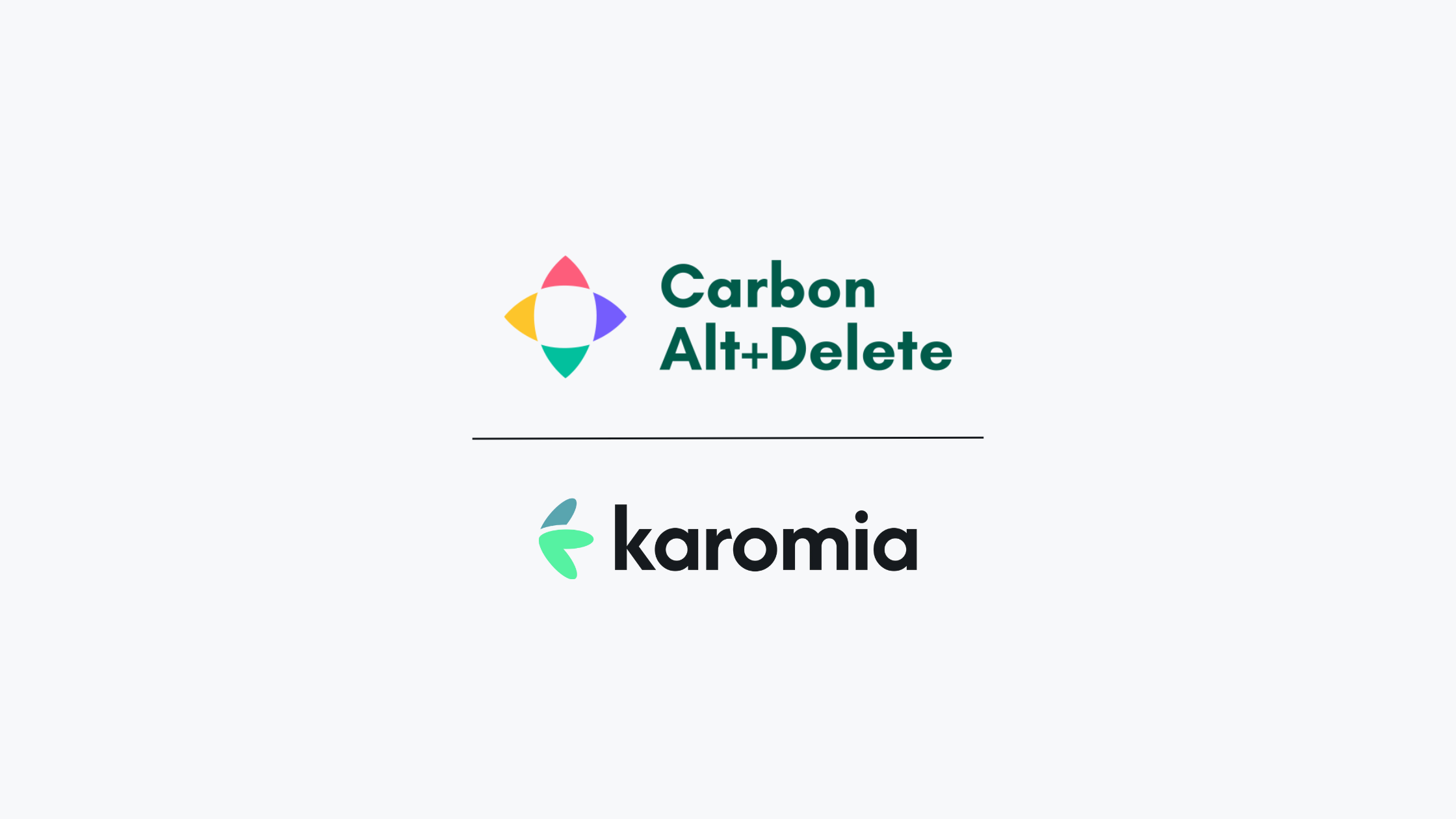How to Master Stakeholder Engagement in Double Materiality Assessment
In the realm of CSRD compliance, the Double Materiality Assessment (DMA) is a cornerstone for identifying key material topics for ESG reporting. This process hinges on effective stakeholder engagement to determine what is most material for a business, both in terms of financial and impact materiality. Think of the DMA process as a funnel, starting broad and narrowing down to define the most critical material topics.
For a detailed breakdown of the funnel approach, check out our previous blog: Guide to Passing the Audit of a Double Materiality Assessment.
What is Stakeholder Engagement in Materiality Assessment?
Stakeholder engagement is at the heart of a successful Double Materiality Assessment. It involves gathering input from both internal and external stakeholders to inform the assessment:
- Internal stakeholders: Employees, management, shareholders, ESG experts, and other in-house contributors.
- External stakeholders: Customers, NGOs, governments, industry experts, and others relevant to your business.
The selection of stakeholders should focus on those with the highest impact on your value chain. For example, in a chocolate manufacturing company, stakeholder engagement might prioritize cocoa producers, who have significant influence over environmental and social outcomes. When direct engagement is impractical, proxies like NGOs or local governments can step in to represent these stakeholders’ perspectives.
Best Practices for Smooth Stakeholder Engagement

Three primary methods help ensure successful stakeholder engagement during your DMA:
1. Surveys
Surveys are efficient for reaching a wide audience, though they may lack depth. To maximize their effectiveness:
- Tailor questions to the expertise of respondents.
- Provide clear context for more complex questions.
2. Interviews
Interviews deliver deep qualitative insights and foster meaningful relationships but can be time-intensive. To make the most of interviews:
- Use a mix of structured questions and open-ended prompts.
- Explore topics beyond the script for richer understanding.
3. Focus Groups
Focus groups promote dynamic discussions and consensus-building, which is crucial for aligning diverse perspectives. However, they require significant planning. To enhance focus group effectiveness:
- Collect initial individual opinions before group discussions.
- Use a skilled facilitator to guide productive dialogue.
Tip: Combine these methods to balance their strengths and mitigate limitations, ensuring comprehensive stakeholder input.
Overcoming Common Challenges
Here’s how to tackle some of the most common challenges:
1. Pre-Identified Material Topics
Topics like climate change may already be known as material. To streamline efforts, engage a smaller subset of knowledgeable stakeholders to confirm their significance instead of involving the entire organization.
2. Unavailable Stakeholders
When certain stakeholders are unreachable, leverage proxies such as representatives, NGOs, or data-driven insights from AI to simulate their responses.
3. Balancing Stakeholder Inclusion
Not every stakeholder needs direct involvement. Focus on those with the most significant impact while considering perspectives across the full value chain.
Maximize Efficiency with Stakeholder Engagement Tools
Engaging stakeholders for a DMA can be labor-intensive, requiring high-quality insights to meet compliance standards. Digital tools can streamline this process, reducing the effort while ensuring accuracy and alignment with audit requirements.
Karomia simplifies DMA by cutting assessment efforts by up to 70%. Our platform allows you to conduct surveys and interviews directly, guided by expert advice every step of the way. With Karomia, you can focus on actionable steps toward sustainability, not the administrative burden of compliance.
Ready to streamline your DMA process? Start a conversation with us today.
Double Materiality Assessments are essential for compliance and sustainable business strategy. By mastering stakeholder engagement, businesses can effectively identify and prioritize material topics, turning regulatory requirements into a strategic advantage.
For more insights on stakeholder engagement and DMA, watch our webinar.
Receive updates and best practices on all things ESG reporting each month.
Read More



